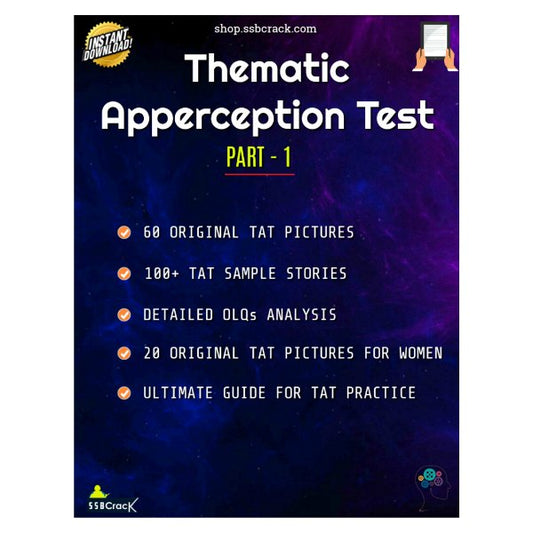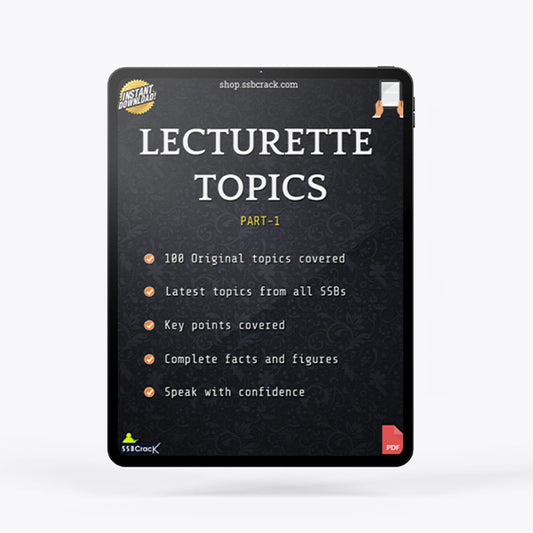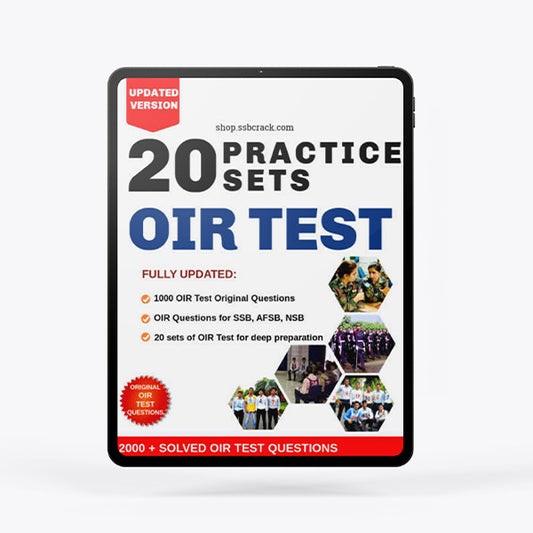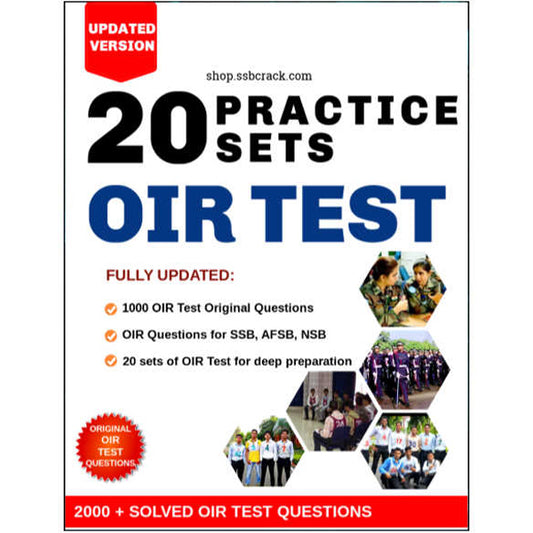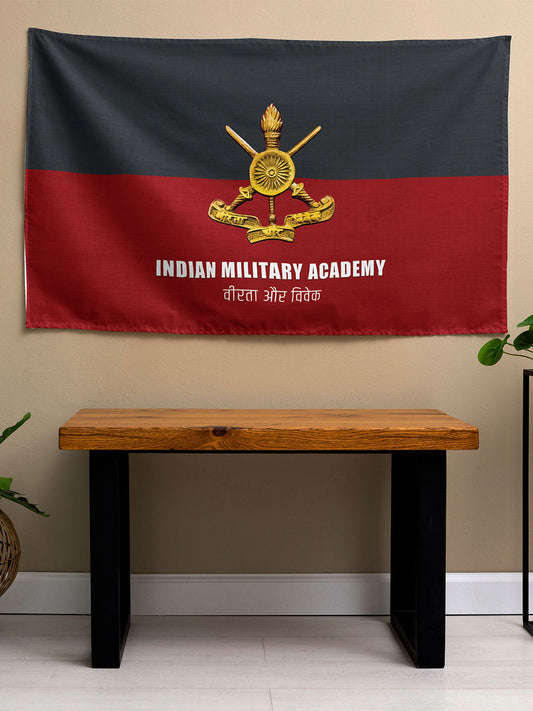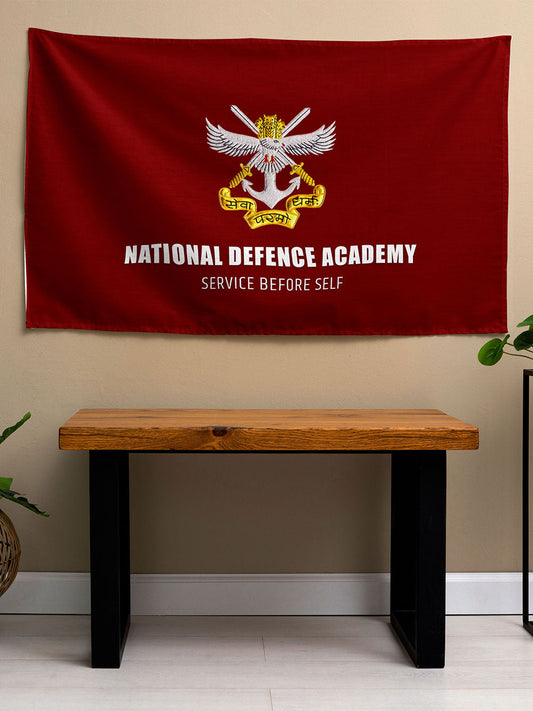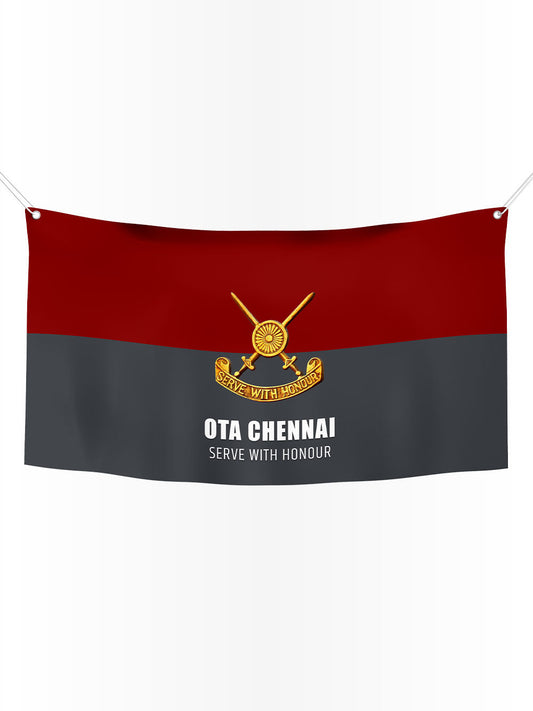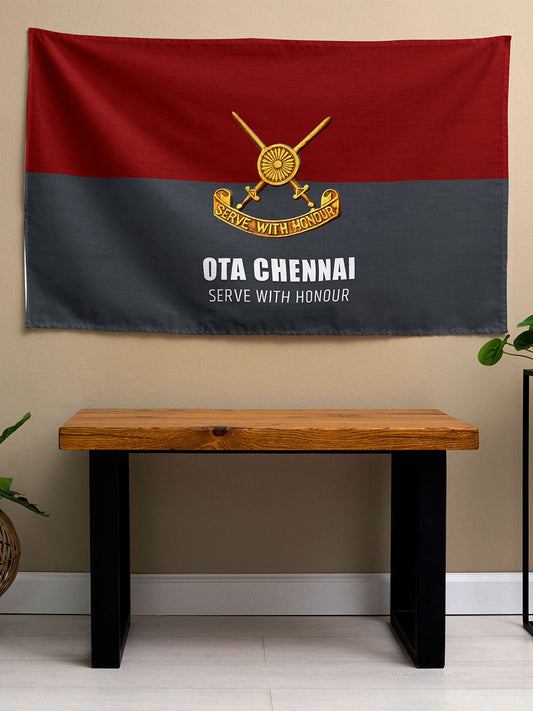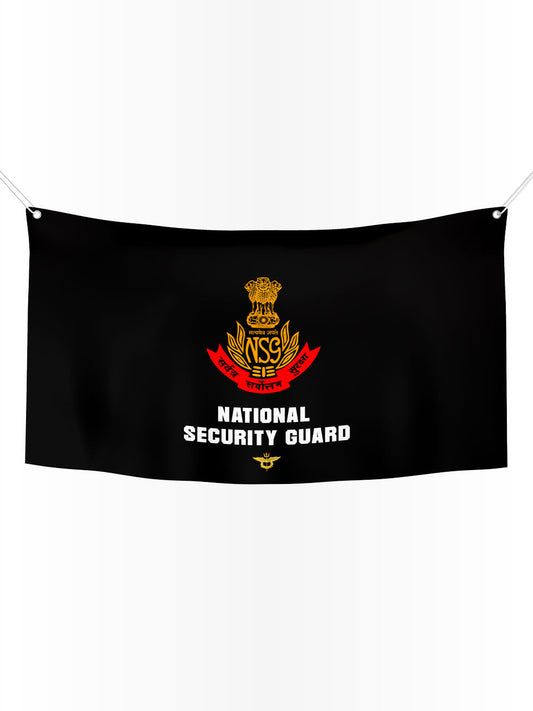How to Join National Defence Academy?
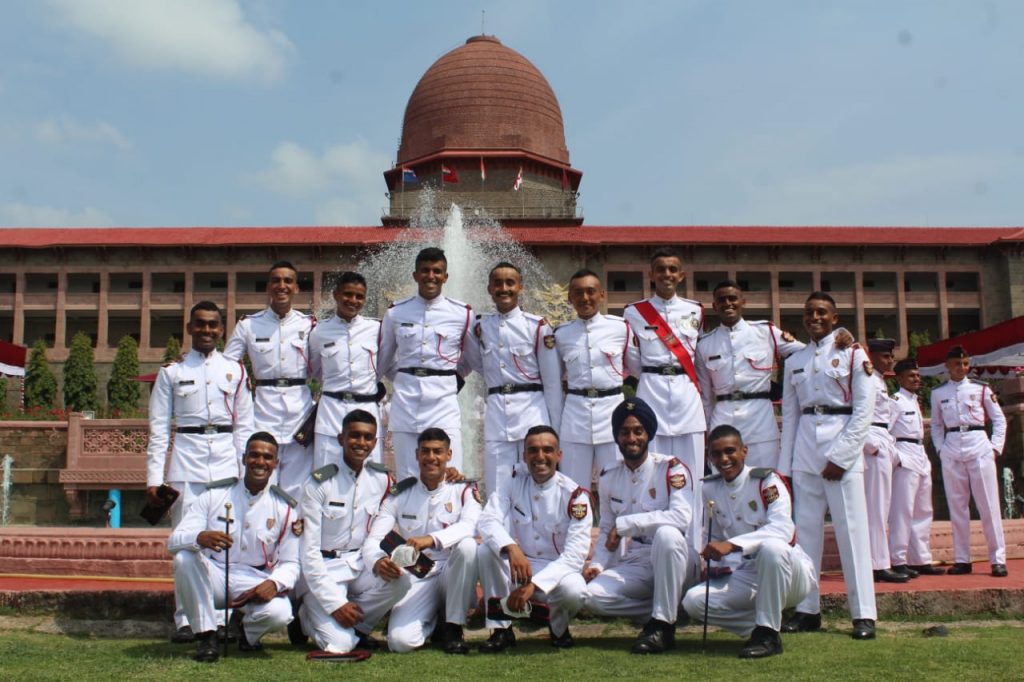
Joining the National Defence Academy (NDA) is a prestigious aspiration for many young Indians who wish to serve their country in the armed forces. The NDA, established in 1954, is the first tri-service academy in the world, training future leaders of the Army, Navy, and Air Force. It not only imparts military training but also focuses on all-round development, including academic, physical, and leadership skills. This article will guide candidates through every step of joining the NDA, covering everything from eligibility criteria to preparation tips, making the complex process more accessible.
Indian Military Academy IMA Coffee Mug
Rs. 699.00
Sale price
Rs. 499.00
NDA Service Before Self Coffee Mug
Rs. 699.00
Sale price
Rs. 499.00
Officers Training Academy OTA Chennai Coffee Mug
Rs. 699.00
Sale price
Rs. 499.00
Indian Naval Academy INA Ezhimala Coffee Mug
Rs. 699.00
Sale price
Rs. 499.00
Background and Significance
The NDA is situated in Khadakwasla, Pune, Maharashtra, and its alumni have made remarkable contributions to Indian Defence and civilian spheres. Every year, thousands of aspirants apply to this elite institution, but only a few are selected through a meticulous selection process comprising written exams and interviews. The National Defence Academy holds significant importance in nurturing disciplined officers who demonstrate the courage and commitment necessary for the defense of the nation.
Historical Context
The establishment of the NDA was a pivotal move in evolving India’s military training strategy. Before NDA, the training of cadets was done at separate institutions for different services. The NDA merged these training paths to foster joint operational excellence, allowing for cohesive combat training among future officers of the Army, Navy, and Air Force. Over the decades, the academy has evolved to meet the changing geopolitical landscape, adapting its curricula and strategies to prepare cadets for modern warfare and leadership roles.
Eligibility Criteria
Understanding the eligibility criteria is the first step towards applying to the NDA. Here’s a breakdown of what candidates need to meet in terms of qualifications:
Nationality
- Be an Indian citizen.
- Be a subject of Nepal or Bhutan.
- Be a Tibetan refugee who settled in India before January 1, 1962.
- Be a person of Indian origin who has migrated from certain countries with the intention of permanently settling in India.
Age Limit
Candidates must be between the ages of 16.5 and 19.5 years at the time of joining the NDA, making the age limit crucial during the selection timeline.
Marital Status
Candidates must be unmarried. This requirement is strictly enforced as cadets are expected to dedicate fully to their training and future responsibilities.
Educational Qualifications
- For Army Wing: Candidates must have completed their 10+2 from a recognized board.
- For Air Force and Naval Wings: Candidates must have studied Physics and Mathematics in their 10+2 curriculum.
Physical Standards
The NDA has strict physical standards:
- Minimum height for boys is 157 cm and for girls is 152 cm. Specific weight and vision standards apply as well.
SSB Interview Books Power Pack: 4 Must Read Books for Defence Aspirants
Rs. 1,760.00
Sale price
Rs. 1,399.00
Let's Crack SSB Interview Book [Paperback]
Rs. 390.00
Sale price
Rs. 360.00
Breaking The Code of SSB Psychological Tests Book - SSB Interview (TAT/WAT/SRT/SD)
Rs. 390.00
Sale price
Rs. 360.00
OIR Test & PPDT Book - SSB Interview Screening Test - Stage 1 Testing
Rs. 490.00
Sale price
Rs. 375.00
Application Procedure
Once candidates meet the eligibility criteria, they proceed with the application process, which can be completed online. Here are the detailed steps involved:
Step 1: Online Registration
Candidates must visit the official UPSC website for one-time registration (OTR). It's crucial to provide accurate personal and contact details to ensure smooth processing.
Step 2: Login and Form Filling
Post-registration, students can log in using their credentials to fill out the NDA application form. The application consists of two parts:
- Personal Details
- Educational Qualifications
- Preferred Exam Center
Step 3: Document Upload
Candidates must prepare to upload crucial documents such as a scanned photograph, signature, and photo ID.
Step 4: Fee Payment
The application fee varies, with General and OBC candidates required to pay INR 100. SC/ST candidates, women candidates, and sons of JCOs/NCOs/ORs are exempt from this fee.
Step 5: Submission and Review
It is vital for candidates to review all details carefully before submission, as no changes can be made after this point.
Selection Process
The selection process for the NDA comprises several rigorous stages: the Written Examination, SSB Interview, Medical Examination, and Final Selection.
Written Examination
One of the most critical components is the written examination, which is conducted twice yearly by UPSC. The exam structure is as follows:
-
Mathematics:
- Maximum Marks: 300
- Total Questions: 120
- Duration: 2.5 hours
-
General Ability Test (GAT):
- Maximum Marks: 600
- Total Questions: 150 (comprising English and General Knowledge)
- Duration: 2.5 hours
The marking scheme awards 2.5 marks for correct answers in Mathematics and 4 marks for correct answers in GAT. However, penalties are imposed for incorrect answers, which requires candidates to be cautious in their approach.
SSB Interview Study Material 2025 [ Pack of 17 eBooks ]
Rs. 1,313.00
Sale price
Rs. 499.00
Thematic Apperception Test (TAT) Part 1 eBook [100+ Stories]
Rs. 150.00
Sale price
Rs. 139.00
SSB Lecturette Topics Part-1 eBook [100 Topics]
Rs. 149.00
Sale price
Rs. 125.00
OIR Test eBook with 20 Practice Sets - [1000+ Questions Included]
Rs. 250.00
Sale price
Rs. 199.00
SSB Interview
Candidates who qualify in the written examination are called for the Services Selection Board (SSB) interview, which spans five days and consists of two stages:
- Stage I: Includes Officer Intelligence Rating (OIR) tests and the Picture Perception and Description Test (PPDT).
- Stage II: Encompasses Group Testing Officer (GTO) tasks, psychological tests, and personal interviews.
The SSB interview is designed to evaluate candidates based on various parameters, including leadership potential and decision-making abilities.
Medical Examination
Successful candidates from the SSB interview must undergo a thorough medical examination. This step is crucial to ensure that candidates meet the health standards required for military training.
Final Selection
Upon completing the medical examination, a final merit list is prepared, based on the combined performance in the written examination and the SSB interview. Candidates must secure minimum qualifying marks separately in both assessments to be selected for the NDA.
Exam Pattern and Structure
The written examination follows a structured pattern:
- Total Marks: 900 (300 for Mathematics and 600 for GAT).
- Format: Objective type (MCQs).
- Mode: Offline examination.
Preparation Tips
Preparing for NDA requires a focused approach. Here are some essential tips to enhance readiness:
- Understand Syllabus and Pattern: Familiarize yourself with the exam syllabus and structure to tailor your study plan effectively.
- Clarify Fundamental Concepts: Focus on clearing fundamental concepts in Mathematics and General Knowledge.
- Quality Study Materials: Utilize reputable study materials, including books and online resources, particularly those recommended by SSBCrack and SSBCrackExams, which offer extensive study guides and mock tests.
- Practice Regularly: Engage in regular mock tests and previous year question papers to build exam familiarity and confidence.
- Stay Updated: Read newspapers and magazines daily to enhance General Knowledge, keeping abreast of national and international developments.
- Time Management: Develop effective time management strategies for both preparation and in-exam scenarios.
- Revision: Consistent revision is key to retaining concepts and performing well on the exam.
Additional Information
- Admit Card: Candidates can download their admit cards online three weeks before the exam, using their registration number or roll number.
- Training at NDA: The selected candidates undergo a rigorous three-year training program at NDA, where they receive military training alongside academic instruction. The training is conducted in a gender-neutral environment, reflecting the recent inclusion of women candidates in the NDA.
Inclusion of Women
A historic decision by the Supreme Court has opened the doors of the National Defence Academy to women candidates. This shift signifies a monumental change in the armed forces, promoting gender equality and empowering women to take active roles in national defense. Women applicants share the same educational qualifications, selection processes, and training experiences as their male counterparts.
Challenges and Solutions
Despite the prestige of joining the NDA, candidates often face challenges such as intense competition, physical and mental stress during preparation and the selection process. Here are some challenges and potential solutions:
-
Challenge: High Competition
- Solution: In-depth preparation using high-quality materials and mock practices can help candidates stand out.
-
Challenge: Balancing Preparation and Academics
- Solution: Effective time management and a structured study schedule can ensure candidates perform well in both academic and NDA preparations.
-
Challenge: Physical Fitness Standards
- Solution: Regular physical training, including strength and endurance exercises, can help candidates meet the required fitness standards.
Future Trends and Predictions
The future of the NDA and military education in India looks promising. With increasing technological advancements, the curriculum may evolve to include cyber warfare, artificial intelligence, and modern drone technologies as essential elements of military training. The incorporation of women into the armed forces marks a significant step towards diversifying military leadership and strategies. Emphasizing mental health and resilience training alongside traditional military exercises is also likely to gain more attention, fostering a healthier military culture.
Conclusion
Joining the National Defence Academy represents not merely an educational pursuit, but a commitment to serving one's nation, embodying values of integrity, courage, and leadership. The multi-faceted journey from eligibility to selection requires diligence, perseverance, and a strategic approach. As aspirants navigate through each step—from filling out applications to preparing for exams and interviews—adequate preparation can make a significant difference in their success.
Whether through the resources provided by SSBCrack and SSBCrackExams or through dedicated self-study and consistent practice, aspiring cadets have the tools to realize their dreams of donning the uniform of one of India's esteemed armed services. The NDA is not just an academy; it is where future leaders of India are forged. The call to service is powerful—answer it with dedication and determination!
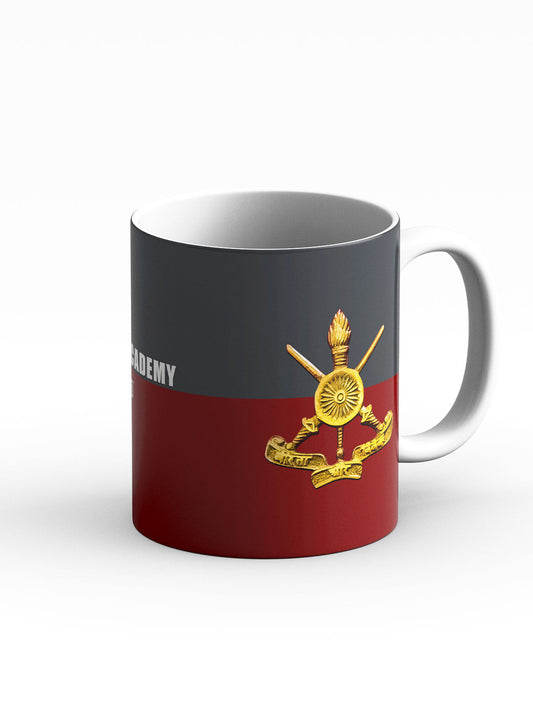
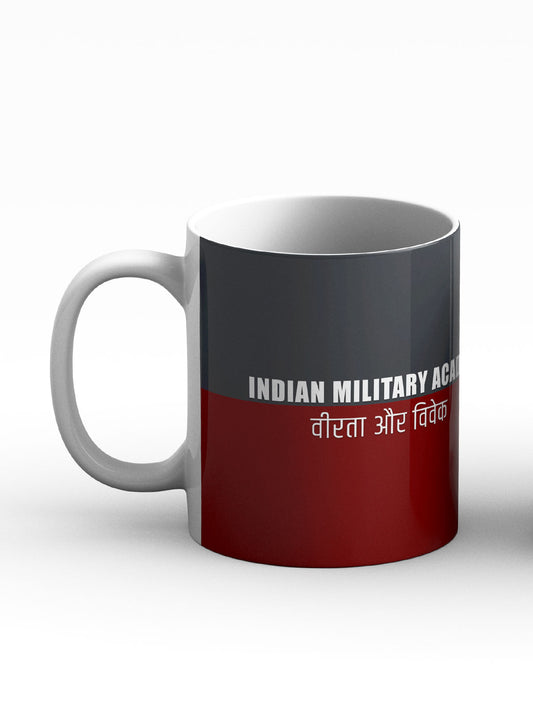

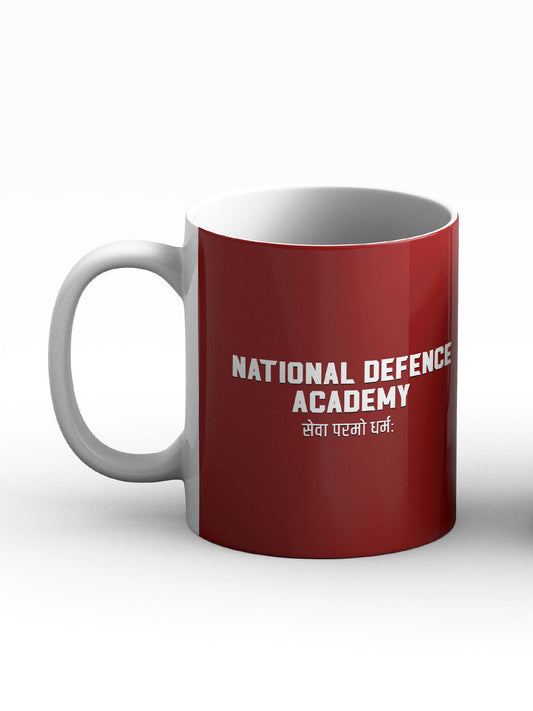

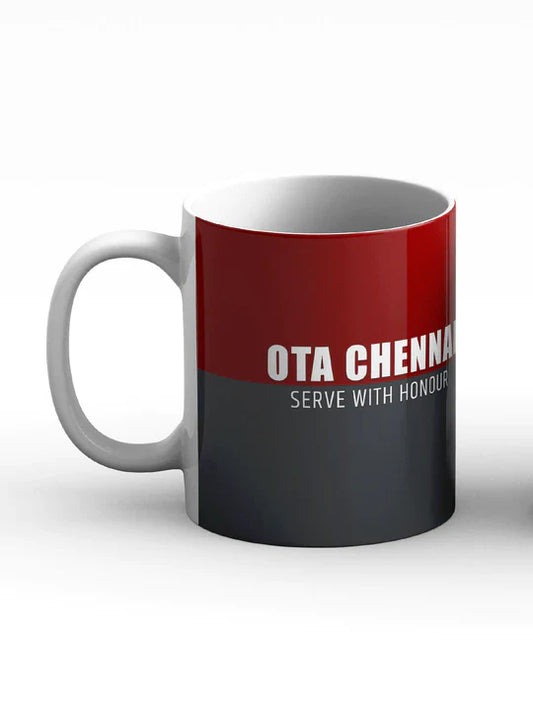

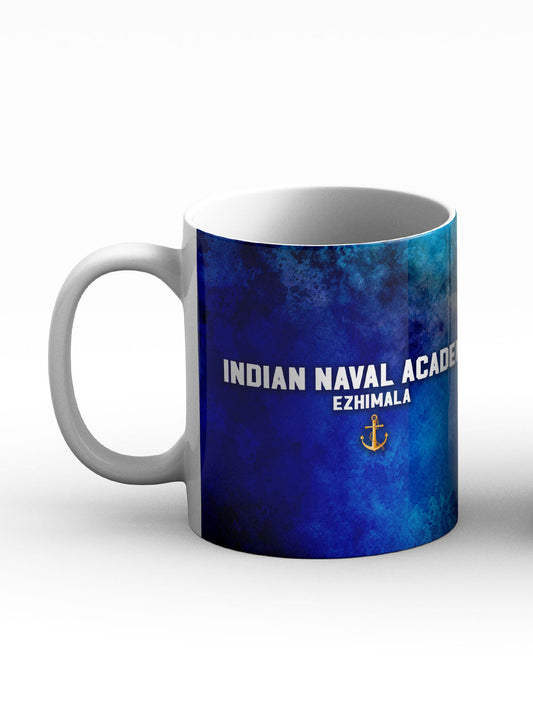
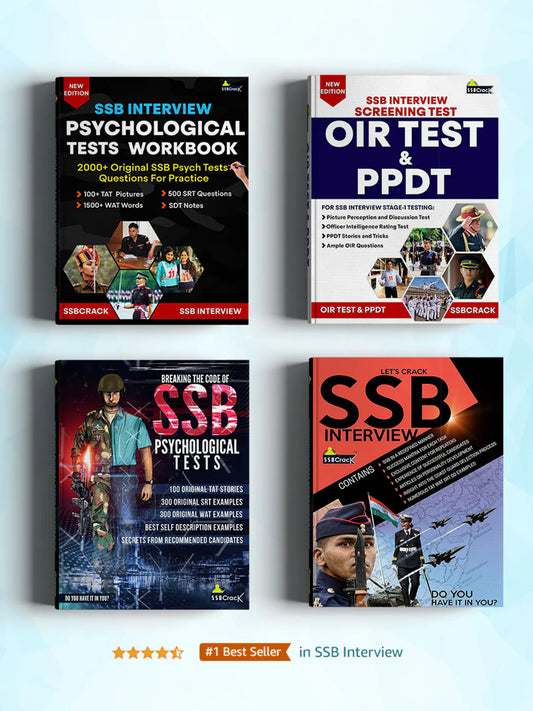
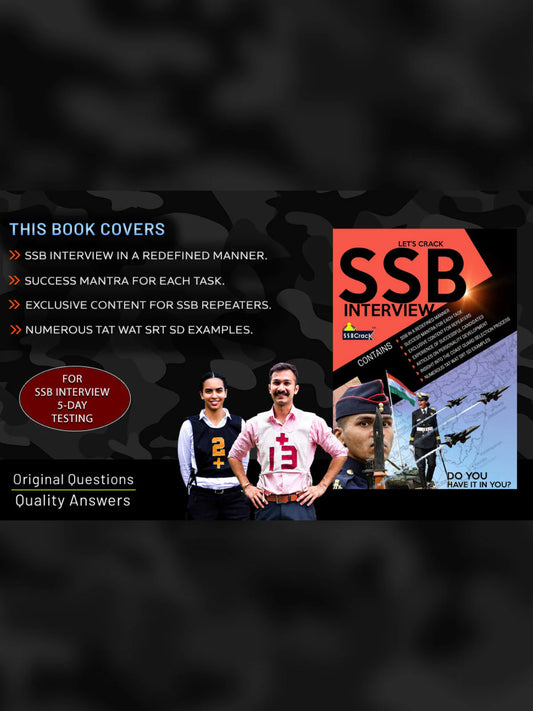
![Let's Crack SSB Interview Book [Paperback]](http://shop.ssbcrack.com/cdn/shop/files/ssb-books.webp?v=1736351621&width=533)
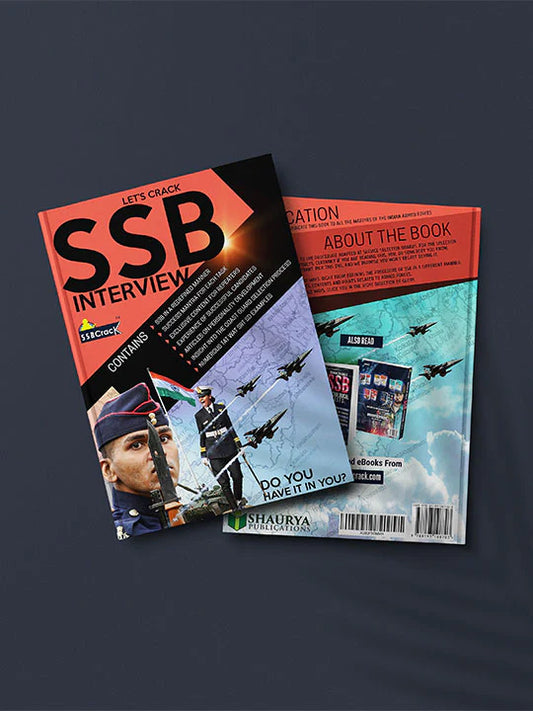
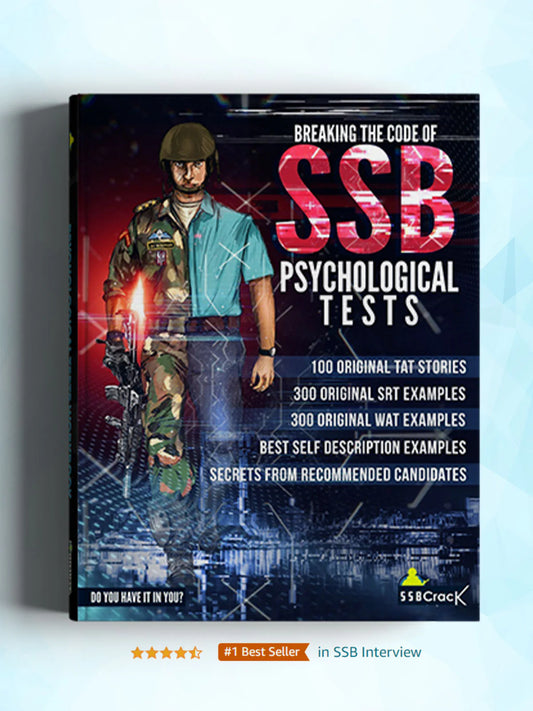
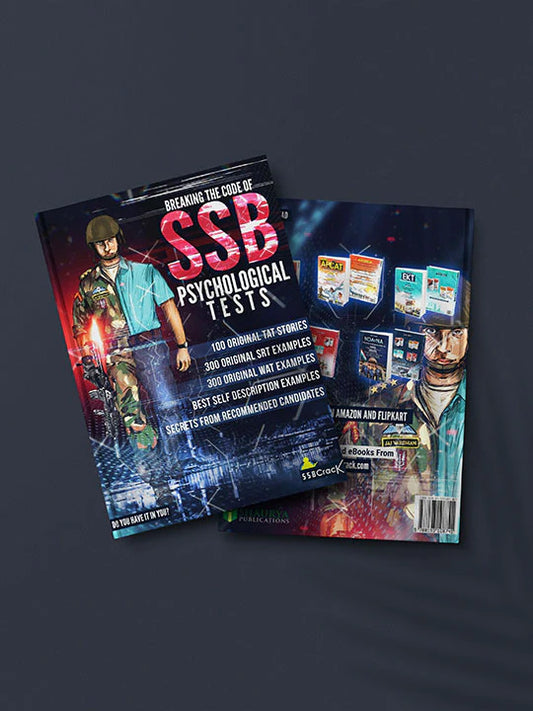
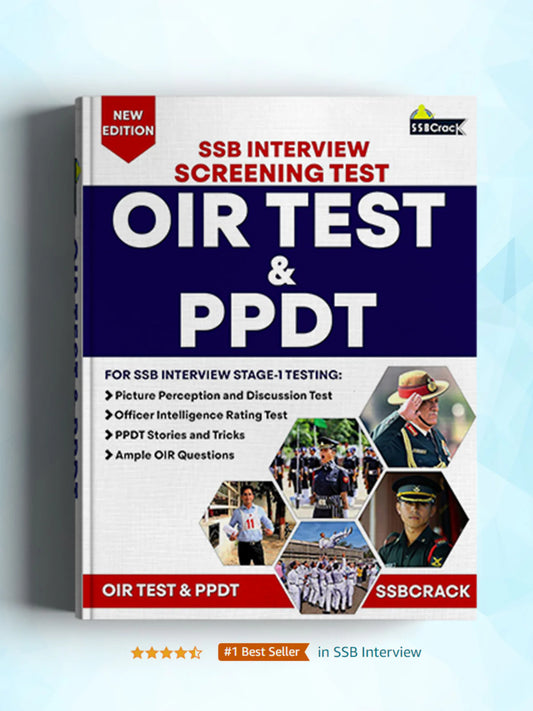


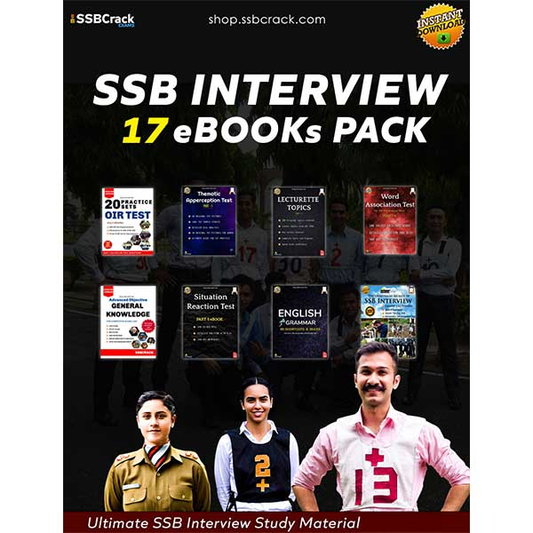
![Thematic Apperception Test (TAT) Part 1 eBook [100+ Stories]](http://shop.ssbcrack.com/cdn/shop/files/TAT-ebook-part-1-ssbcrack_051ae49c-43ea-4eb4-95c7-0fa0bfa2a639.jpg?v=1735540406&width=533)
